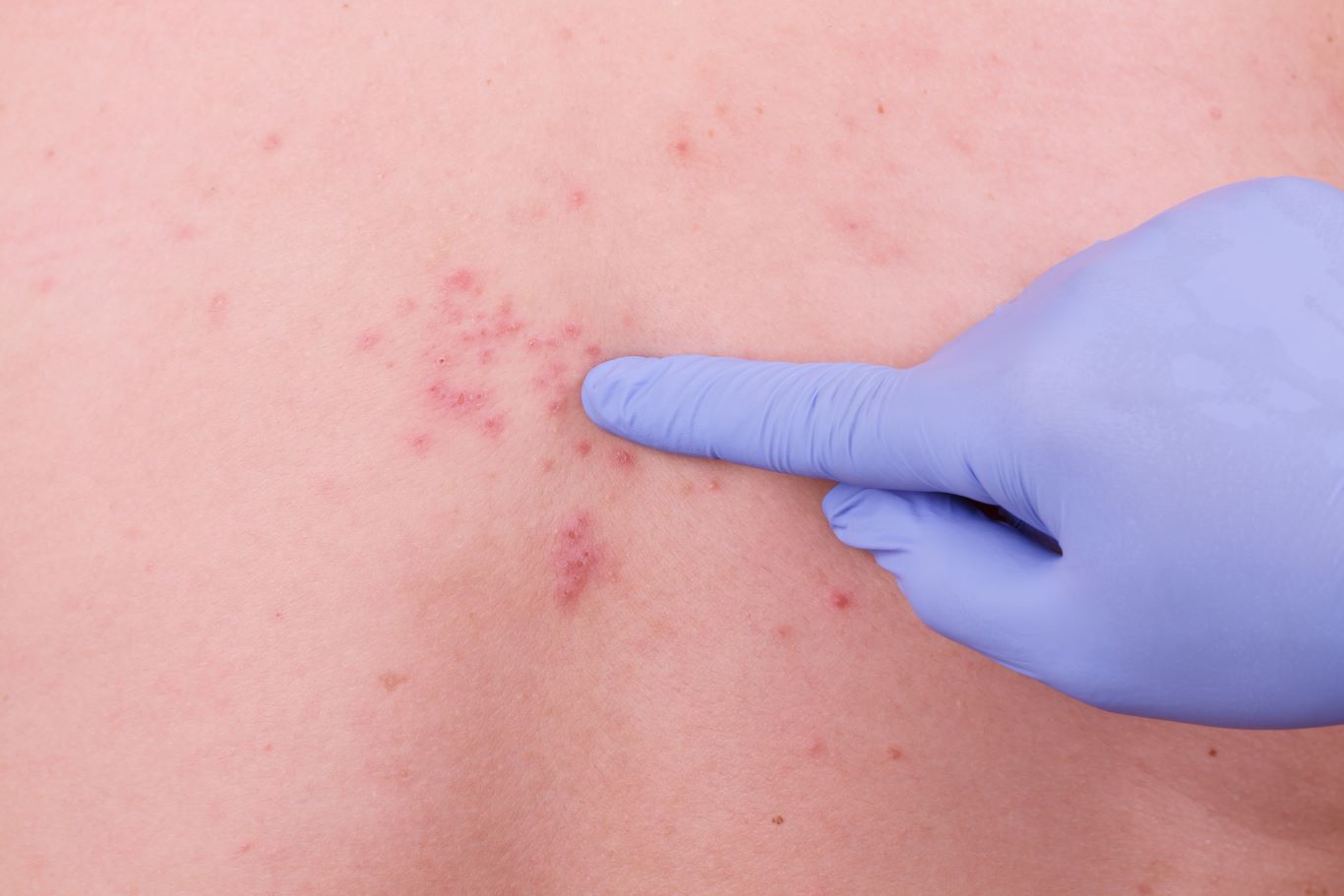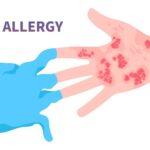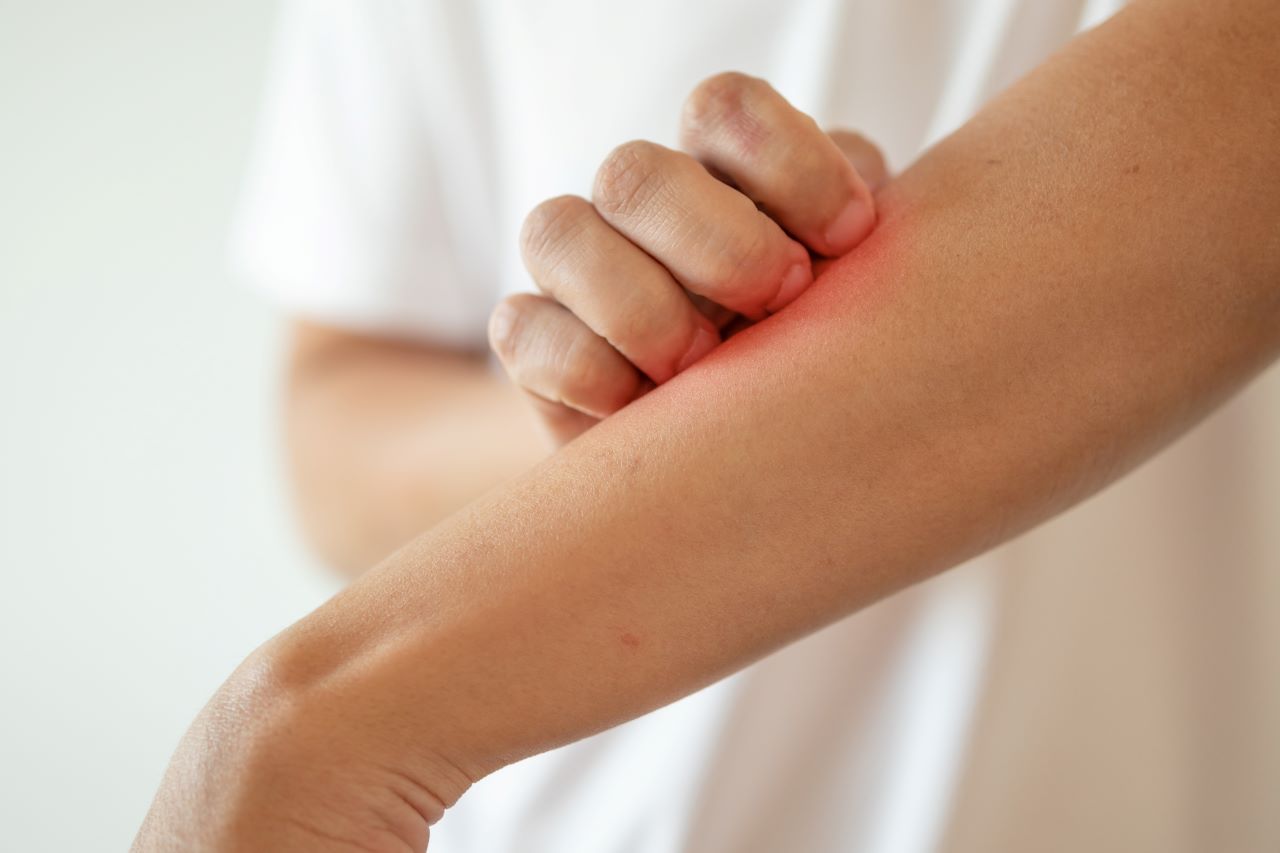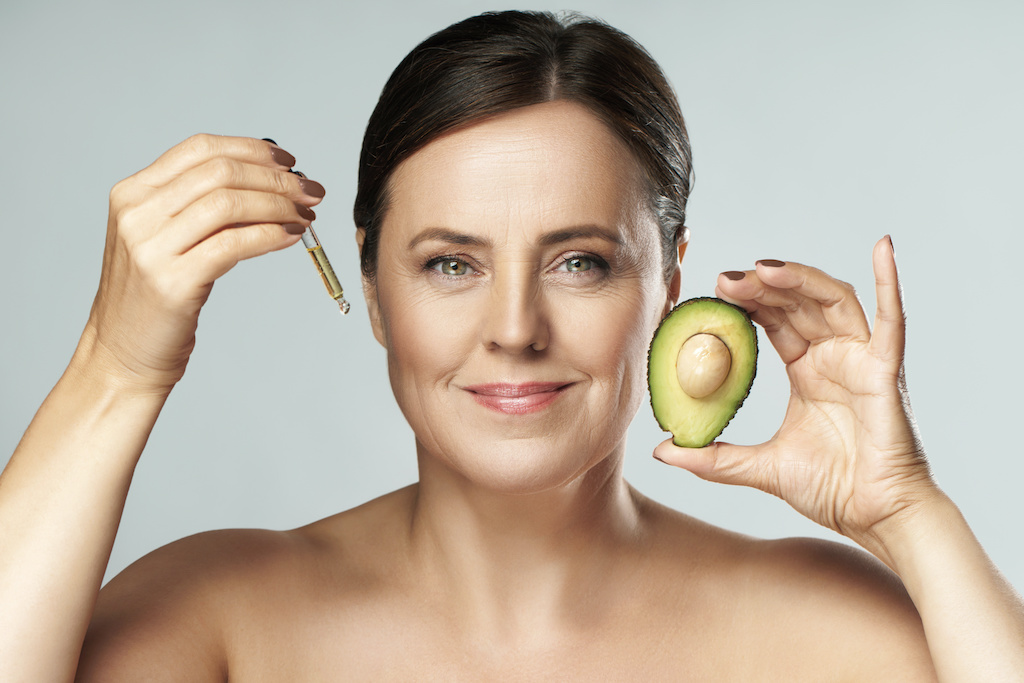
Shingles, caused by the same varicella-zoster virus that causes chickenpox, can be an incredibly painful and debilitating condition. It typically manifests as a blistering rash, often accompanied by severe nerve pain that can linger for months or even years. Fortunately, highly effective vaccines are now available to significantly reduce your risk of developing shingles or experiencing its complications. Understanding when you can get a shingles shot and what to expect from the vaccine is vital for protection.
This guide (updated for 2025) clearly outlines the recommendations for the shingles vaccine, what the vaccination process entails, and how quickly you can expect to be protected.
Understanding the Shingles Vaccine
What is Shingles?
Shingles (herpes zoster) is a reactivation of the chickenpox virus. After you recover from chickenpox, the virus doesn’t leave your body; it lies dormant in your nerve tissues. Years later, it can reactivate, travel along nerve pathways to your skin, and cause a painful rash with blisters. The pain can be severe and is often followed by postherpetic neuralgia (PHN), a long-lasting nerve pain that can persist even after the rash clears.
Who Should Get the Shingles Shot?
The Centers for Disease Control and Prevention (CDC) strongly recommends the Shingrix vaccine (the currently preferred vaccine) for:
- Adults 50 years and older: Regardless of whether they recall having chickenpox, as over 99% of people born before 1980 have had chickenpox.
- Adults 19 years and older who are immunocompromised: Due to disease or medication, as they are at higher risk for shingles.
Even if you’ve had shingles before, the vaccine can help prevent future occurrences. There is no maximum age for getting the vaccine.
The Vaccination Process: When and How?
When Can You Get a Shingles Shot?
The Shingrix vaccine is administered as a two-dose series:
- First Dose: You can get your first dose at any time once you meet the age or health criteria. There’s no specific timing tied to prior shingles infection, though a brief waiting period after a shingles episode (typically until the rash clears) is sometimes recommended to ensure the immune system is ready.
- Second Dose: The second dose is given 2 to 6 months after the first dose. It’s crucial to complete both doses for maximum protection.
A 2025 update from the Advisory Committee on Immunization Practices (ACIP) continues to emphasize the importance of completing the full two-dose series for optimal efficacy and duration of protection.
How is the Vaccine Administered?
The Shingrix vaccine is given as an injection into the muscle (intramuscularly), usually in the upper arm. It’s not a live vaccine, meaning it doesn’t contain a weakened form of the virus.
Protection Timeline and What to Expect After the Shot
When Can I Expect Protection?
You will not be fully protected immediately after your first shot.
Optimal Protection: Full protection against shingles and its complications, particularly PHN, is achieved about 7 days after the second dose of the vaccine. Studies have shown Shingrix to be over 90% effective in preventing shingles in adults 50 and older who receive both doses.
Partial Protection: Some level of immune response begins to develop after the first dose.
Close-up of Blisters Caused by Shingles (Post-Vaccination Note):
It’s important to remember that while the vaccine is highly effective, no vaccine is 100% foolproof. If you were to develop shingles after vaccination, the illness is typically much milder, with a less severe rash and significantly reduced risk of PHN. The characteristic shingles rash consists of painful, fluid-filled blisters that typically appear in a band or patch on one side of the body, often accompanied by burning, tingling, or numbness. Seeing these blisters is a sign of shingles, even if you’ve been vaccinated, and warrants a doctor’s visit.
Common Side Effects:
Like any vaccine, Shingrix can cause side effects, most of which are mild and temporary:
- At the Injection Site: Pain, redness, and swelling are very common.
- General: Muscle pain, fatigue, headache, shivering, fever, and upset stomach. These systemic symptoms are usually mild to moderate and typically resolve within 2-3 days. They are a sign that your immune system is building protection.
Conclusion and Key Takeaways (2025):
- Shingles is a painful reactivation of the chickenpox virus, preventable by vaccination.
- The CDC recommends the two-dose Shingrix vaccine for adults 50+ and immunocompromised adults 19+.
- Full protection is achieved about 7 days after the second dose.
- Common side effects are mild and temporary, indicating an immune response.
- Even if vaccinated, consult a doctor for any shingles-like rash, though symptoms are usually milder post-vaccination.
Trusted References (2025):
- Centers for Disease Control and Prevention (CDC). www.cdc.gov/vaccines/vpd/shingles/hcp/shingrix/index.html (Refer to current ACIP recommendations.)
- Advisory Committee on Immunization Practices (ACIP) – current guidelines as of 2025.
- National Institute of Neurological Disorders and Stroke (NINDS). www.ninds.nih.gov/health-information/disorders/shingles

This article reviewed by Dr. Jim Liu, MD.
There’s nothing more important than our good health – that’s our principal capital asset.
#medical #telehealth #umedoc #menopause #hormone replacement













